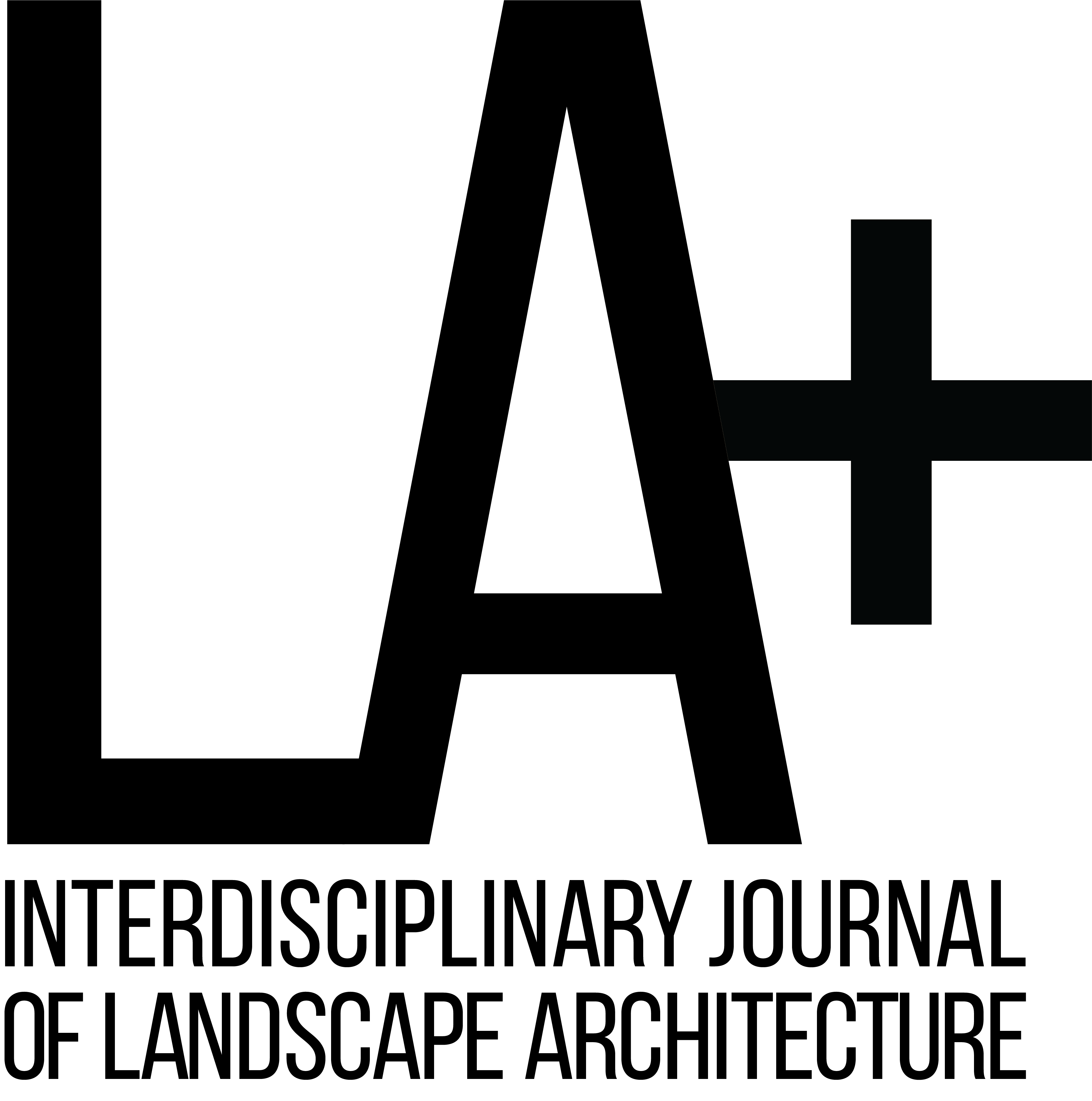Landscapes
are more than physical terrains – they are dynamic spaces shaped by economic forces
that span geographies and scales. As a discipline, landscape architecture has
long navigated the delicate balance between the interests of capital and the pursuit
of the public good. This issue of
LA+ invites contributors to critically
explore the relationship between landscape architecture and CAPITAL, examining
how design responds to and resists the flows of capital – how it can reinforce
existing power structures or serve as a tool for disrupting them.
We
welcome submissions from scholars in economics, geography, environmental
humanities, political ecology, architecture, urban studies, anthropology,
history, and other related fields. Topics may include but are not limited to:
land enclosures and dispossession; real estate speculation and the public realm;
green finance and nature commodification; extractive economies and their
material and spatial impacts; degrowth and post-capitalist landscapes; infrastructure
and territorial transformation; and labor and the landscape profession.
Email
abstract and short bio to laplus@design.upenn.edu by 10 January 2026.



